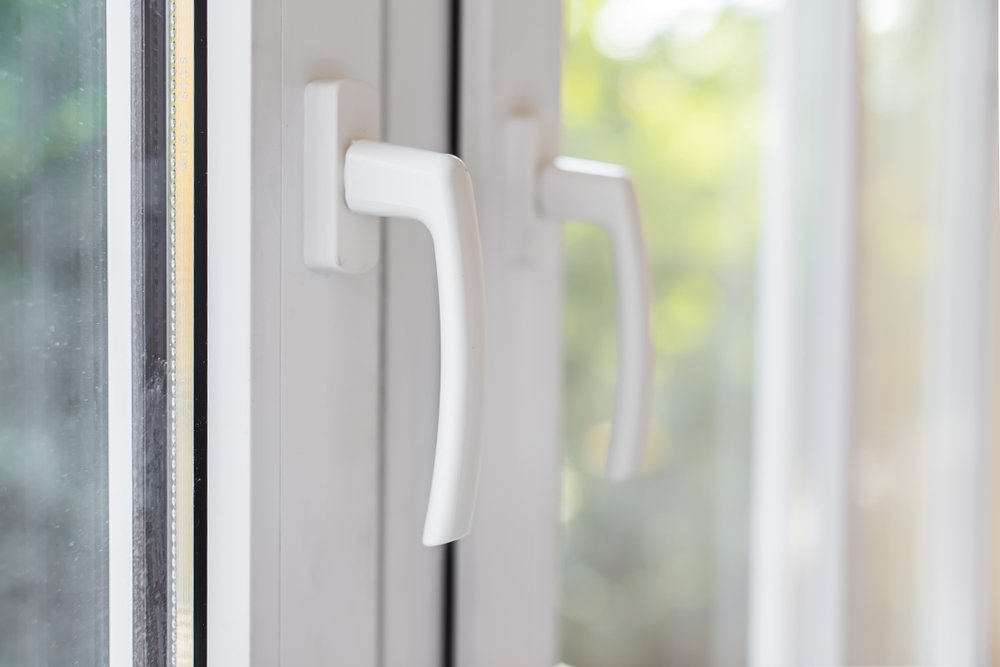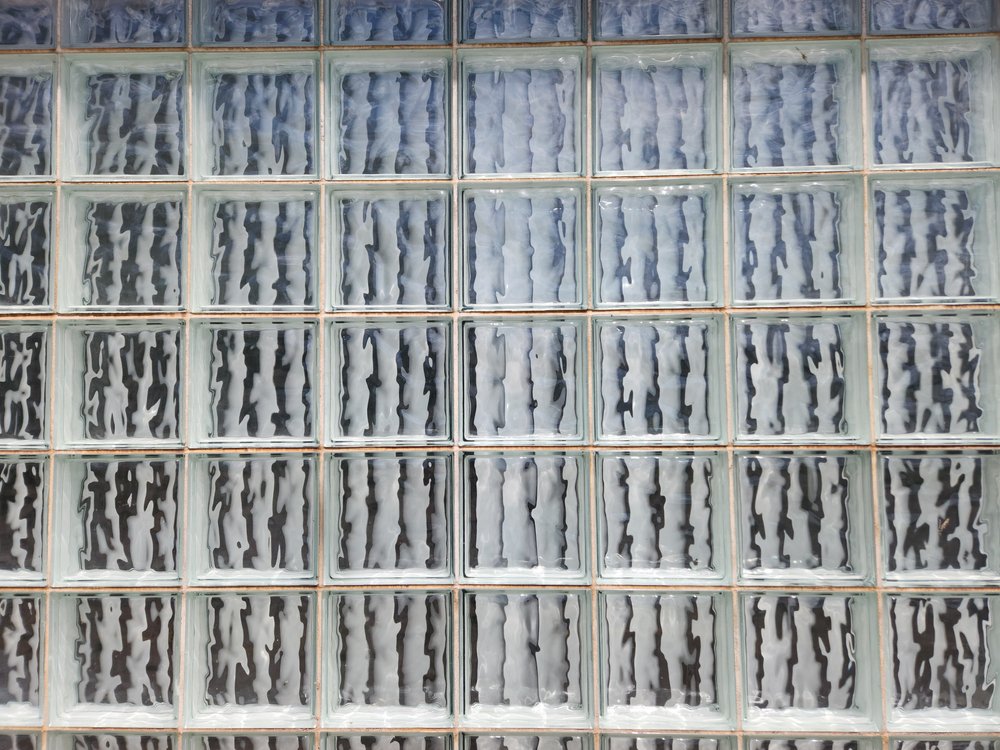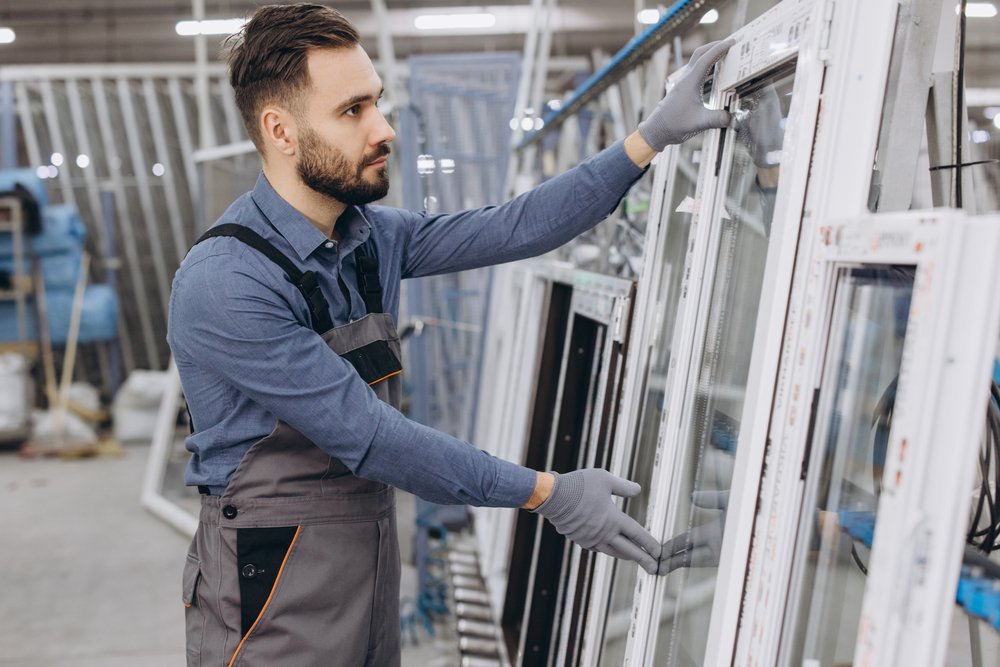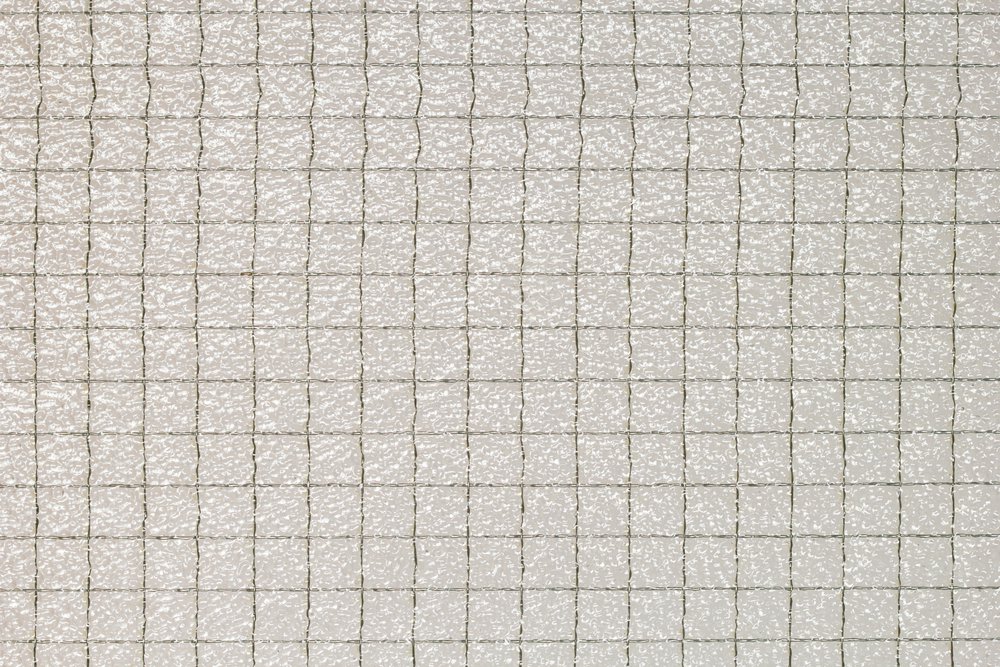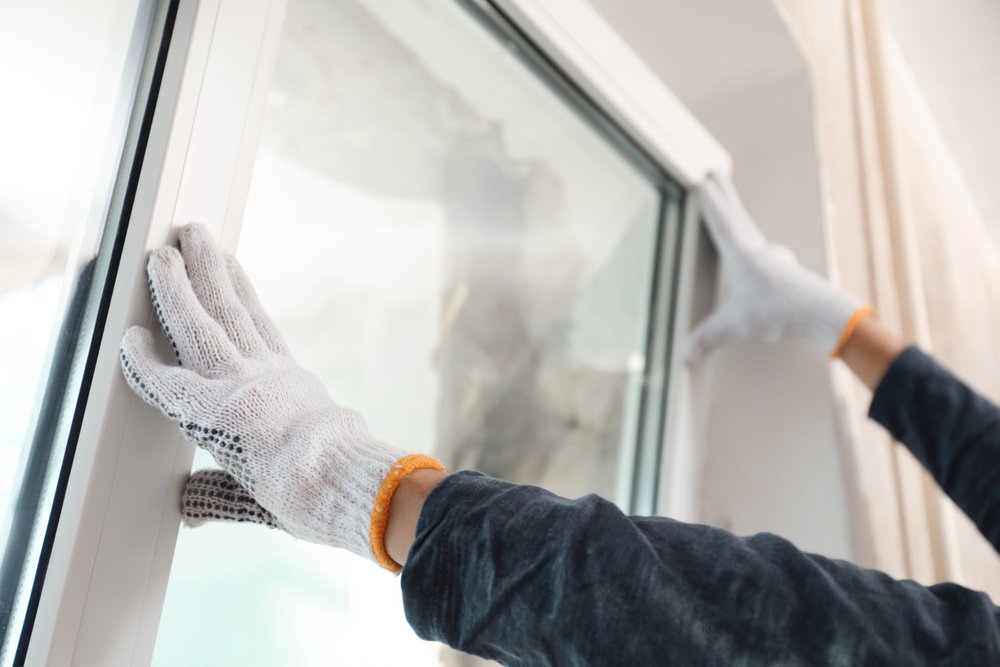Energy-efficient insulating glass technology offers significant advantages by reducing utility costs and minimizing environmental impact. For homeowners and businesses, this translates into long-term savings and a commitment to sustainability. By investing in energy-efficient glass, stakeholders can achieve substantial financial benefits while contributing to global environmental goals.
Environmental Impact: Reducing Carbon Footprints with Insulating Glass
Energy-efficient insulating glass plays a crucial role in reducing greenhouse gas emissions and lowering energy consumption. By improving insulation, these glass units decrease the need for heating and cooling, leading to less energy usage. This reduction directly translates to fewer carbon emissions from power plants, aligning with global sustainability goals.
Specific data underscores the impact of energy-efficient glass on carbon footprints. For instance, buildings equipped with this technology can significantly reduce carbon emissions. This significant reduction benefits the environment and supports corporate sustainability initiatives. Companies adopting energy-efficient glass can showcase their commitment to eco-friendly practices, enhancing their brand reputation.
Furthermore, energy-efficient insulating glass contributes to lower energy consumption. Maintaining indoor temperatures more effectively reduces the reliance on HVAC systems. This efficiency leads to decreased energy demand, which in turn lessens the strain on natural resources. As a result, businesses and homeowners can achieve a more sustainable operation, contributing to broader environmental conservation efforts.

Technological Advancements in Energy-Efficient Insulating Glass
Recent technological advancements have significantly enhanced the performance of energy-efficient glass. One notable innovation is low-emissivity (low-E) coatings, which minimize the amount of infrared and ultraviolet light that passes through glass without compromising visible light transmission. These coatings improve insulation, reducing energy costs and enhancing indoor comfort.
Smart glass represents another cutting-edge development in this field. This technology allows glass to change its properties based on external conditions or user preferences. For example, electrochromic glass can adjust its tint in response to sunlight, reducing glare and heat gain. This adaptability makes smart glass an ideal choice for modern construction projects aiming for energy efficiency and occupant comfort.
Several products exemplify these advancements. Low-E glass is now a standard in many high-performance buildings, while smart glass is increasingly used in commercial and residential projects. These innovations improve energy efficiency and offer additional benefits such as enhanced privacy and reduced noise pollution. By integrating these advanced materials, builders and architects can create more sustainable and comfortable living and working environments.
Installation Best Practices for Energy-Efficient Glass
Proper installation of energy-efficient insulating glass is essential to maximize its benefits. Professional installation ensures that the glass units are correctly sealed and aligned, preventing air leaks and thermal bridging. This precision is crucial for maintaining the glass's insulating properties and achieving optimal energy savings.
Several best practices can enhance the installation process. First, ensure that the window frames are level and structurally sound. Any misalignment can compromise the glass's performance. Second, use high-quality sealants and spacers to secure the glass units. These materials prevent moisture ingress and maintain the integrity of the insulation.
Additionally, consider the orientation and placement of the glass. Positioning windows to maximize natural light while minimizing heat gain can further improve energy efficiency. Professional installers can provide valuable insights into the best placement strategies based on the building's design and location. By adhering to these best practices, businesses and homeowners can fully leverage the advantages of energy-efficient glass.

Long-Term Sustainability: The Future of Energy-Efficient Glass
The future of energy-efficient insulating glass is promising, with ongoing research and advancements continually improving its efficiency and sustainability. Innovations such as advanced coatings and smart glass technologies are set to become more prevalent, further enhancing energy savings and environmental benefits. As these technologies evolve, they will play a crucial role in eco-friendly construction, making buildings more sustainable and cost-effective. The integration of energy-efficient glass in both residential and commercial projects will drive significant reductions in energy consumption and carbon emissions. Ultimately, investing in this technology offers immediate financial and environmental benefits and contributes to long-term sustainability goals.
Discover more about energy-efficient glass technology and explore a wider range of innovative solutions by visiting Insul-Lite Manufacturing™. These advancements offer sustainable benefits for both residential and commercial projects.

